
In folklore, a werewolf, or occasionally lycanthrope is an individual who can shape-shift into a wolf, either purposely or after being placed under a curse or affliction, with the transformations occurring on the night of a full moon. Early sources for belief in this ability or affliction, called lycanthropy, are Petronius (27–66) and Gervase of Tilbury (1150–1228).
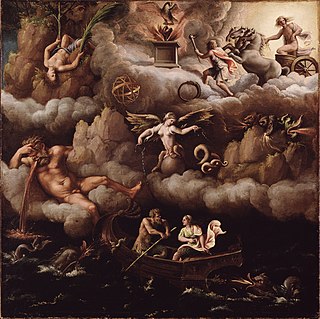
A monster is a type of fictional creature found in horror, fantasy, science fiction, folklore, mythology and religion. Monsters are very often depicted as dangerous and aggressive, with a strange or grotesque appearance that causes terror and fear, often in humans. Monsters usually resemble bizarre, deformed, otherworldly and/or mutated animals or entirely unique creatures of varying sizes, but may also take a human form, such as mutants, ghosts, spirits, zombies, or cannibals, among other things. They may or may not have supernatural powers, but are usually capable of killing or causing some form of destruction, threatening the social or moral order of the human world in the process.

In mythology, folklore and speculative fiction, shapeshifting is the ability to physically transform oneself through unnatural means. The idea of shapeshifting is in the oldest forms of totemism and shamanism, as well as the oldest existent literature and epic poems such as the Epic of Gilgamesh and the Iliad. The concept remains a common literary device in modern fantasy, children's literature and popular culture.

Chill is an investigative and modern horror role-playing game originally published by Pacesetter Ltd in 1984 that captures the feel of 20th-century horror films.
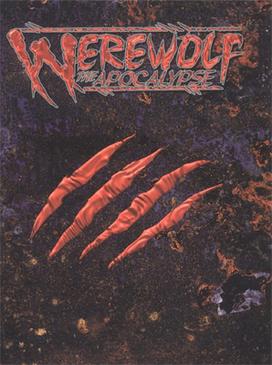
Werewolf: The Apocalypse is a role-playing game of the Classic World of Darkness game series by White Wolf Publishing. Other related products include the collectible card games named Rage and several novels. In the game, players take the role of werewolves known as "Garou". These werewolves are locked in a two-front war against both the spiritual desolation of urban civilization and supernatural forces of corruption that seek to bring the Apocalypse. Game supplements detail the other shape-shifters.
A werewolf, in folklore, is a person who changes into a wolf.
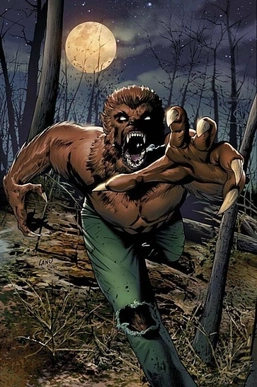
The Werewolf by Night is the name of two werewolves appearing in American comic books published by Marvel Comics. The first incarnation of Werewolf by Night, Jack Russell, first appeared in Marvel Spotlight #2. The second incarnation, Jake Gomez, first appeared in Werewolf by Night #1.
The rougarou is a legendary creature in French communities linked to traditional concepts of the werewolf.

A werecat is an analog to "werewolf" for a feline therianthropic creature.

Vampires are frequently represented in popular culture across various forms of media, including appearances in ballet, films, literature, music, opera, theatre, paintings, and video games.
Therianthropy is the mythological ability or affliction of individuals to metamorphose into animals or hybrids by means of shapeshifting. It is possible that cave drawings found at Cave of the Trois-Frères, in France, depict ancient beliefs in the concept.
"Shapes" is the nineteenth episode of the first season of the American science fiction television series The X-Files, premiering on the Fox network on April 1, 1994. It was written by Marilyn Osborn and directed by David Nutter. It featured guest appearances by Michael Horse, Ty Miller and Donnelly Rhodes. The episode is a "Monster-of-the-Week" story, a stand-alone plot which is unconnected to the series' wider mythology. "Shapes" earned a Nielsen household rating of 7.6, being watched by 7.2 million households in its initial broadcast; and received mixed reviews, with varied reaction to the episode's handling of the werewolf genre and of its Native American themes.

La Noche de Walpurgis /Walpurgis Night, is a 1970 Spanish/German horror film starring Paul Naschy, the fifth in his series about the werewolf Waldemar Daninsky. This film was directed by León Klimovsky and written by Paul Naschy, and is generally regarded to have kickstarted the Spanish horror film boom of the 1970s. This was Naschy's all-time most financially successful film. It was also the first of 8 films that he would make with director Leon Klimovsky at the helm.

Frostbite is a horror novel by American writer David Wellington, published in serial online in July, 2006 and in print in 2009.
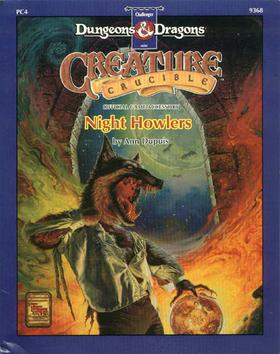
Night Howlers is an accessory for the Dungeons & Dragons fantasy role-playing game, published in 1992.
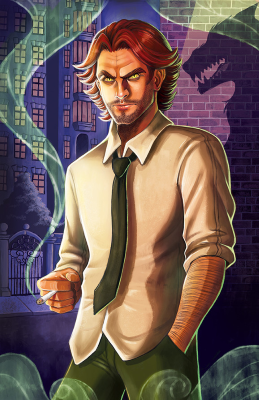
Bigby Wolf is a fictional character in the American comic book series Fables published by DC Comics and its alternative imprint Vertigo. The character first appears in Fables #1 and was created by Bill Willingham and Lan Medina. He frequently serves as the lead character among the ensemble cast of Fables and is the central protagonist of Fables: Werewolves of the Heartland as well as Fables: The Wolf Among Us, the comic book adaptation of the 2013 video game The Wolf Among Us.

In mythology and literature, a werewoman or were-woman is a woman who has taken the form of an animal through a process of lycanthropy. The use of the word "were" refers to the ability to shape-shift but is, taken literally, a contradiction in terms since in Old English the word "wer" means man. This would mean it literally translates to "man-woman".

Mummies are commonly featured in horror genres as undead creatures wrapped in bandages. Similar undead include skeletons and zombies.
In folkloristics, "The Animal as Bridegroom" refers to a group of folk and fairy tales about a human woman marrying or being betrothed to an animal. The animal is revealed to be a human prince in disguise or under a curse. Most of these tales are grouped in the international system of Aarne-Thompson-Uther Index under type ATU 425, "The Search for the Lost Husband". Some subtypes exist in the international classification as independent stories, but they sometimes don't adhere to a fixed typing.

The Beast of Bray Road is a 2005 American horror film written and directed by Leigh Scott. A direct-to-video release produced and distributed by The Asylum, it is based on the Beast of Bray Road, a purported wolf-like cryptid that was allegedly first sighted in Elkhorn, Walworth County, Wisconsin, in 1936. It stars Jeff Denton, Thomas Downey, Sarah Lieving, Joel Ezra Hebner, and Tom Nagel.

















